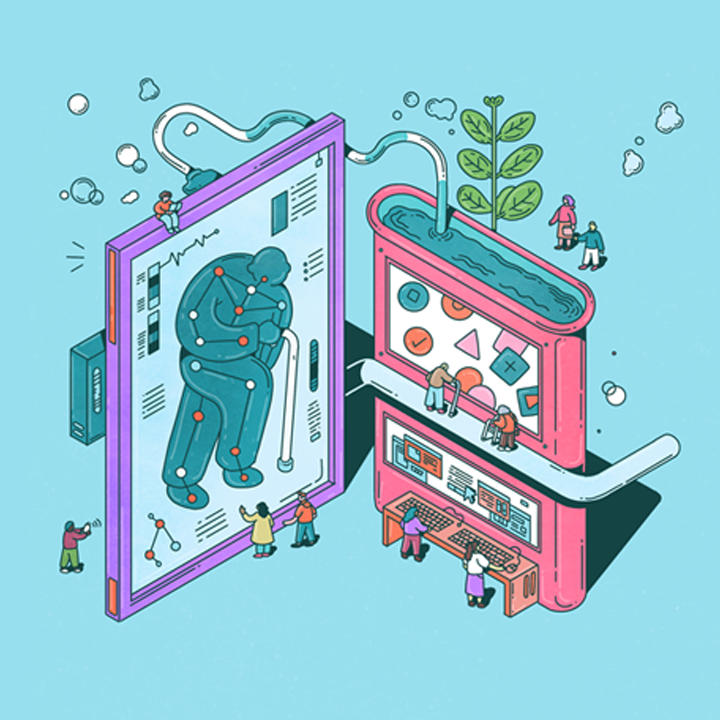IMPACT AREA
TECHNOLOGY
Technology has affected health and well-being tremendously in recent decades and continues to evolve rapidly. It has raised expectations for more personalized services and individualized care for all populations, and it permeates our leisure time like never before.

Using virtual reality to explain how the brain works
While virtual reality (VR) has many potential applications, including helping people with neurological conditions like Alzheimer’s adhere to exercise regiments or to recalibrate the perception of time among older adults, its widespread use has been stymied by the nausea and cybersickness that some people experience.

Biometrics and the spectator experience
The COVID pandemic brought many experiences online, and the world of sport was not exempt. With the rise of e-sports, as well as the broader need to understand sport fandom more fully, new research tools are needed to examine the brain and body to see what drives the sport spectator experience.
IMPACT AREA
TECHNOLOGY
Technology has affected health and well-being tremendously in recent decades and continues to evolve rapidly. It has raised expectations for more personalized services and individualized care for all populations, and it permeates our leisure time like never before.

Using virtual reality to explain how the brain works
While virtual reality (VR) has many potential applications, including helping people with neurological conditions like Alzheimer’s adhere to exercise regiments or to recalibrate the perception of time among older adults, its widespread use has been stymied by the nausea and cybersickness that some people experience.

Biometrics and the spectator experience
The COVID pandemic brought many experiences online, and the world of sport was not exempt. With the rise of e-sports, as well as the broader need to understand sport fandom more fully, new research tools are needed to examine the brain and body to see what drives the sport spectator experience.

Making sensory data work for your health
Remote patient monitoring has the potential to help prevent unnecessary visits to hospital, but the current state of the technology limits how health-care professionals can use this data because of quality, frequency and reliability.
